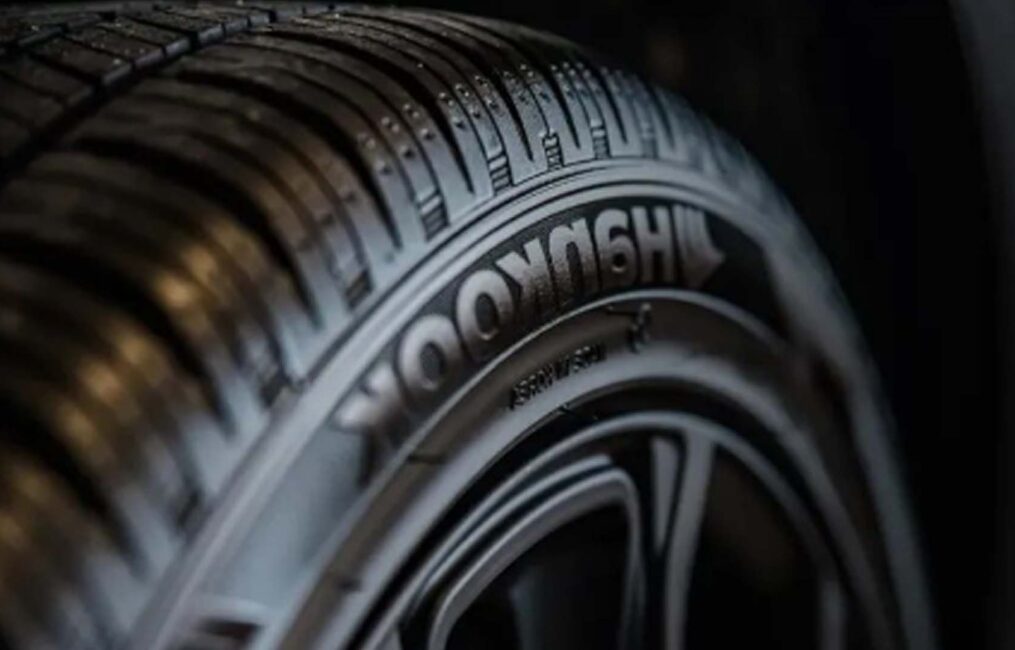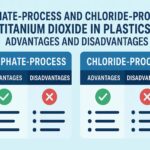Procédé au sulfate et procédé au chlorure Dioxyde de titane dans le caoutchouc : principales différences
Découvrez les principales différences entre le dioxyde de titane obtenu par procédé au sulfate et au chlorure pour les applications du caoutchouc. Comparez les performances, le coût et l'adéquation pour faire le meilleur choix pour vos produits en caoutchouc.

In the rubber industry, both sulfate and chloride process titanium dioxide (TiO₂) can be used as pigments, reinforcing agents, and anti-aging additives. However, they differ significantly in performance, cost, and application suitability. Below is a detailed comparison:
1. Production Process & Product Characteristics
| Comparison Factor | Sulfate Process TiO₂ | Chloride Process TiO₂ |
|---|---|---|
| Production Process | Uses ilmenite or acid-soluble titanium slag; involves sulfuric acid dissolution, hydrolysis, and calcination. | Uses high-titanium slag or rutile ore; involves chlorination and oxidation. |
| Crystal Form | Can produce both anatase (A-type) and rutile (R-type). | Primarily produces rutile (R-type). |
| Pureté | Higher impurities (Fe, S residues). | Ultra-high purity (≥99%), minimal impurities. |
| Taille des particules | Broader size distribution; requires post-treatment for dispersion. | Uniform particle size, excellent dispersibility. |
| Traitement de surface | Often requires Al/Si coating for weather resistance. | Naturally superior coating, better weather resistance. |
2. Performance in Rubber Applications
A. Weather Resistance & Anti-Aging
- Sulfate Process TiO₂:
- Anatase type has weak UV resistance, may cause rubber yellowing.
- Rutile type needs extra coating to match chloride process performance.
- Chloride Process TiO₂:
- Rutile type dominates, offering superior UV absorption—ideal for outdoor rubber products (tire sidewalls, construction seals).
B. Reinforcement Effect
- Sulfate Process TiO₂:
- Slightly inferior dispersion and reinforcement but cost-effective for general rubber products.
- Chloride Process TiO₂:
- Finer, more uniform particles enhance tensile strength and wear resistance (e.g., premium shoe soles, conveyor belts).
3. Application Suitability
| Application | Sulfate Process TiO₂ | Chloride Process TiO₂ |
|---|---|---|
| Tires (White Sidewalls) | Mid-to-low-end products; requires anti-aging additives. | High-end products; meets weather resistance needs directly. |
| Footwear/Sports Gear | Budget shoe soles, low-cost equipment. | High-performance shoes, yellowing-resistant gear. |
| Industrial Rubber | Seals, indoor conveyor belts. | Corrosion-resistant seals, outdoor belts. |
| Colored Rubber | Higher loading needed for opacity. | Stronger opacity, reduces usage. |
4. Cost & Environmental Impact
- Sulfate Process:
- Lower production cost (~20-30% cheaper) but higher environmental impact (wastewater, slag disposal).
- Chloride Process:
- More eco-friendly but higher investment cost; preferred for premium applications.
5. Selection Guide
Choose Sulfate Process TiO₂ When:
Cost-sensitive products (e.g., basic rubber mats, low-end footwear). Short-term or indoor rubber applications. Used alongside anti-aging additives (e.g., carbon black, UV absorbers).
Prefer Chloride Process TiO₂ When:
High weather resistance & anti-yellowing are critical (e.g., outdoor rubber).
Food-grade or medical rubber requiring ultra-high purity.
Premium products (e.g., automotive tires, sports equipment).
Final Recommendation:
Pour budget-friendly, indoor rubber products, sulfate process TiO₂ is sufficient. For high-performance, outdoor, or premium rubber goods, chloride process TiO₂ delivers superior results despite higher costs.



